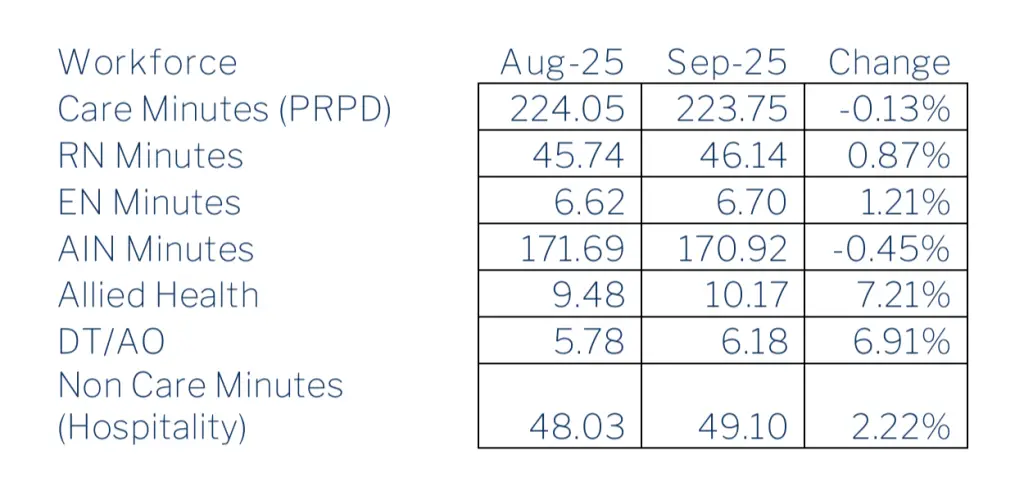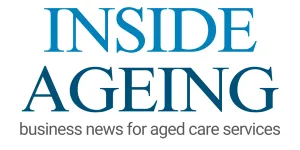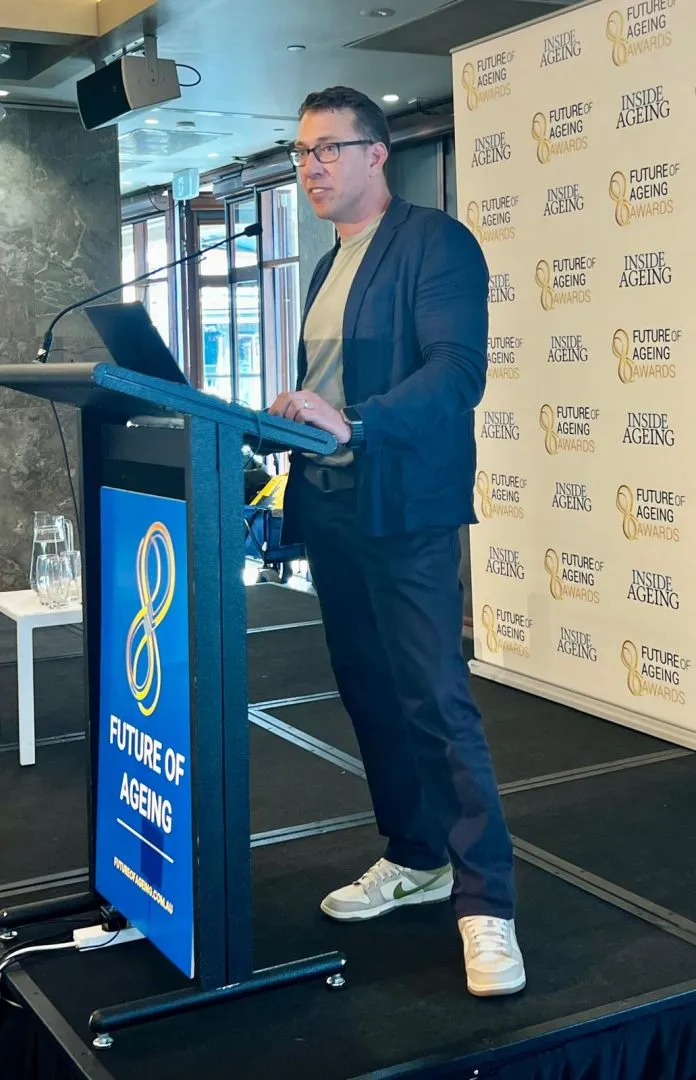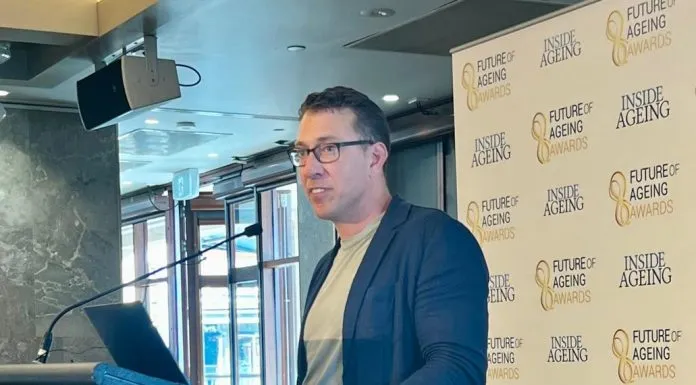The latest Mirus Industry Analysis (MIA) Factsheet for October 2025 shows that total care minutes delivered across residential aged care homes decreased slightly in September, while Registered Nurse (RN) time and occupancy both rose.
Overall care time decreased by 0.13%, while RN minutes increased by 0.87%, resulting in the sector now delivering 8.75 minutes above the mandated 215-minute target. Allied Health and Diversional Therapy/Activity Officer time also rose strongly by 7.21% and 6.91% respectively, while Assistants in Nursing recorded a 0.45% decrease.
The Average Daily Subsidy (ADS) remained largely unchanged at $300.97, down just $0.11 from August. Monthly declines are often corrected in the following weeks as reassessments and funding uplifts, often backdated, are processed.
Occupancy experienced its largest monthly jump since February, increasing by 0.29% to 92.36%, driven by a 41.78% rise in permanent admissions and a 17.02% increase in respite bed days. The proportion of short-stay residents (under six months) also rose to 19.97%, up 1.29%.

At the same time, respite-to-permanent conversions declined by 4.88%, and voluntary claiming activity eased slightly to 4.55%, reflecting cautious funding behaviour.
Fewer homes increased their room prices, with only 88 services adjusting pricing in September, down from 276 in August and well below the 2025 monthly average of 213. The average advertised room price edged up marginally to $580,215.
The report also highlighted operational efficiencies, with the average days from request to reassessment improving by 11.25%, dropping from 20.29 to 18.01 days.











